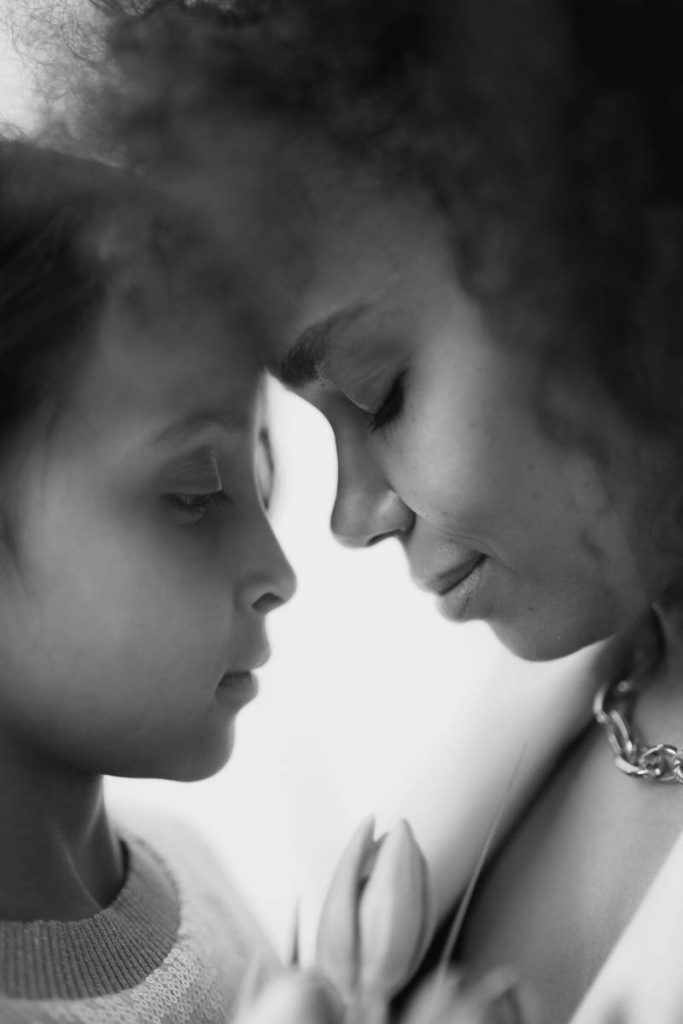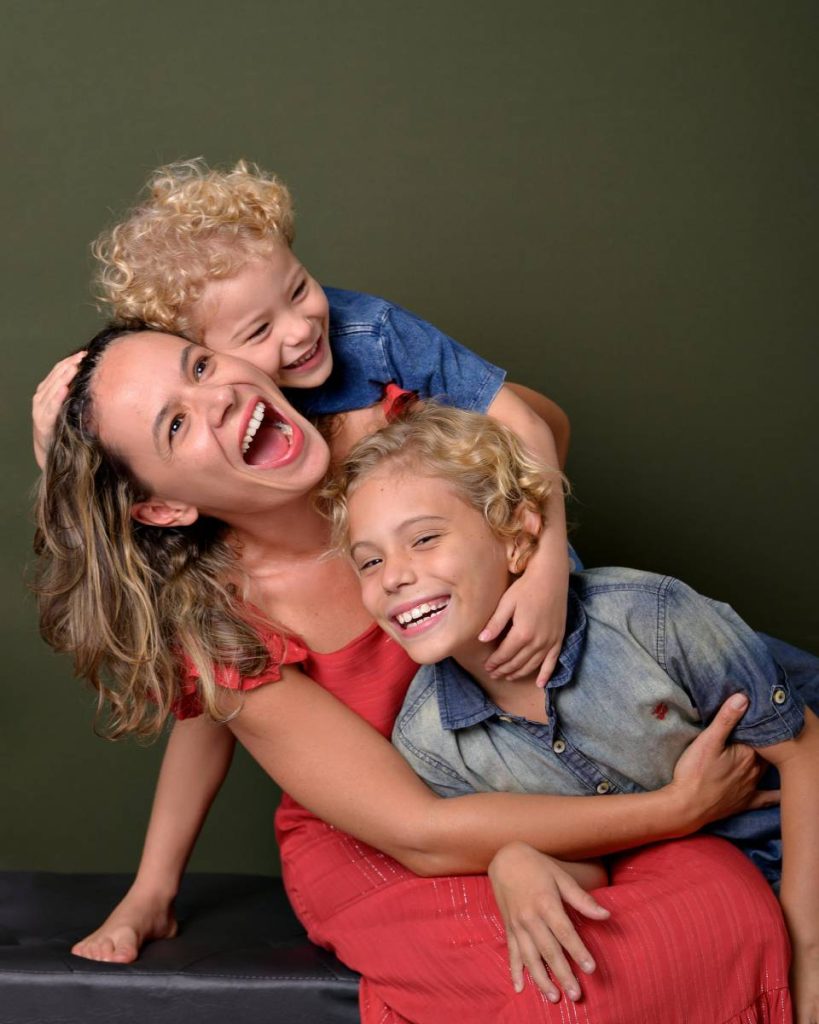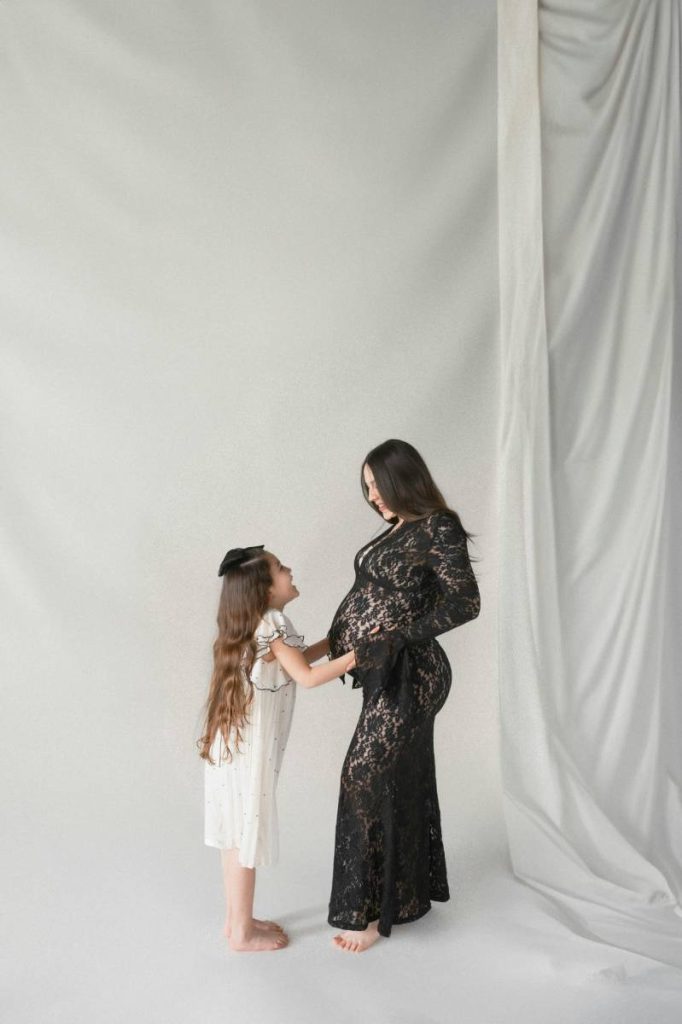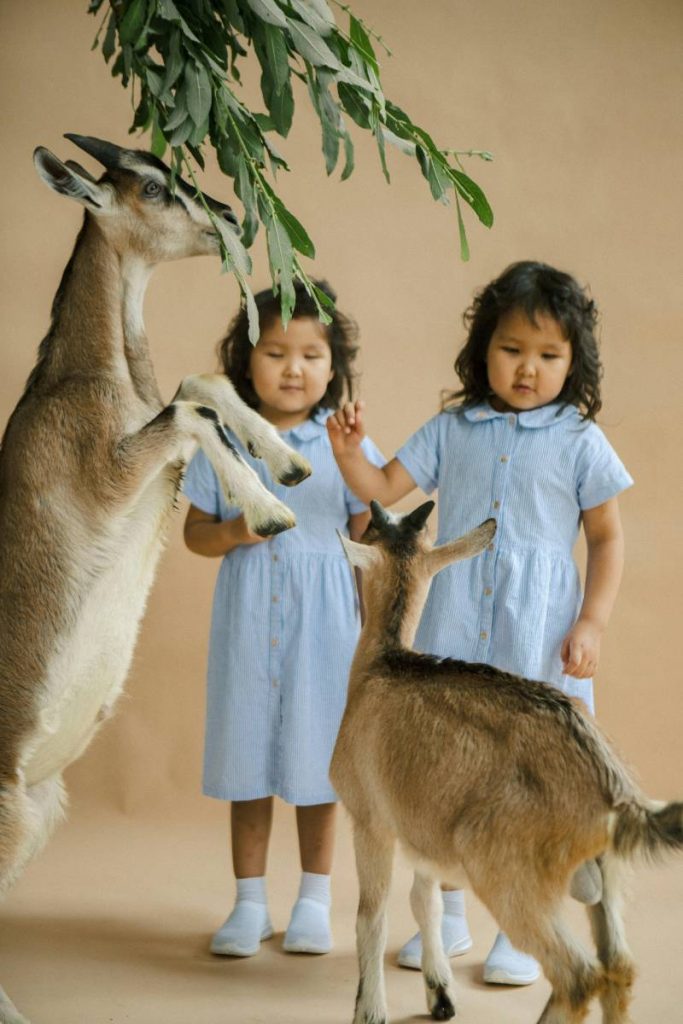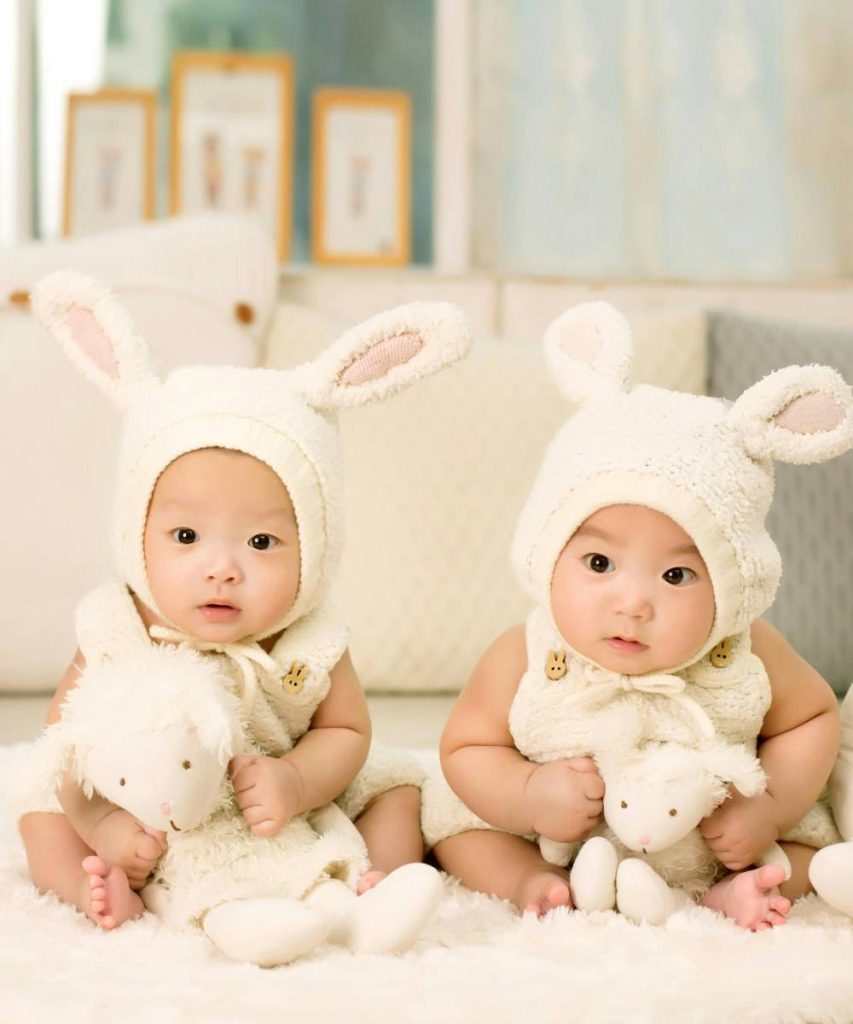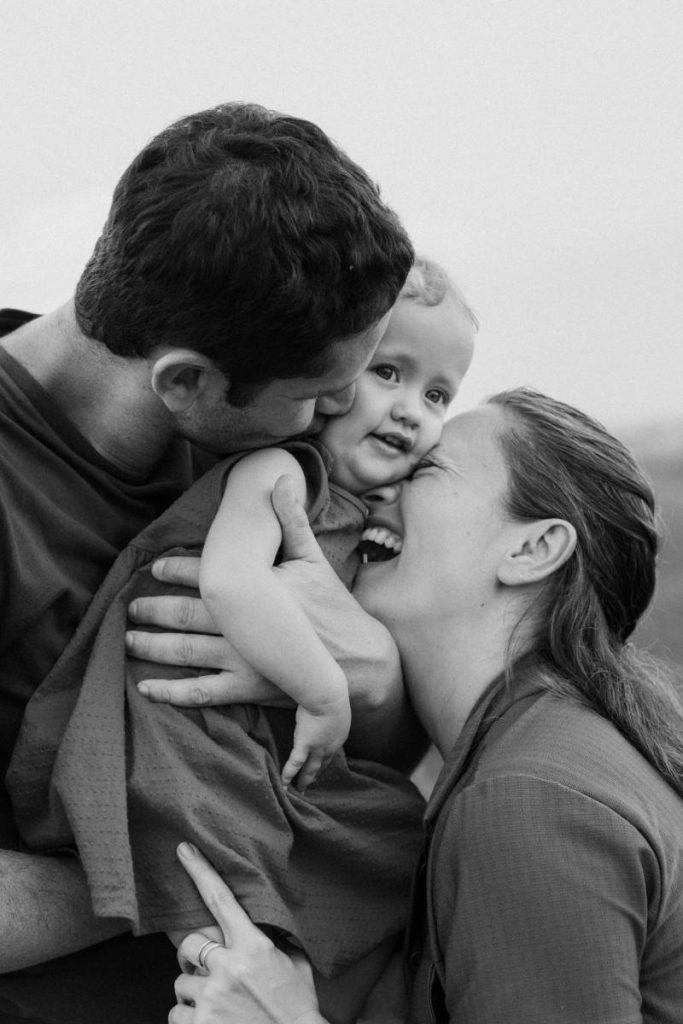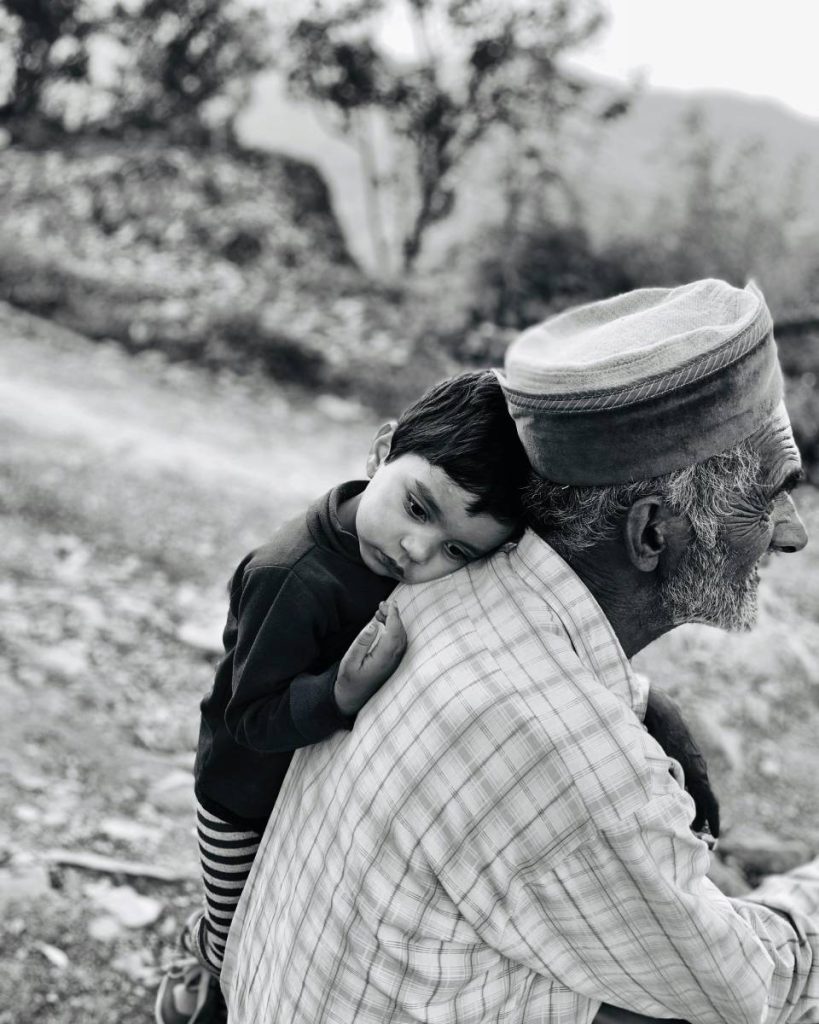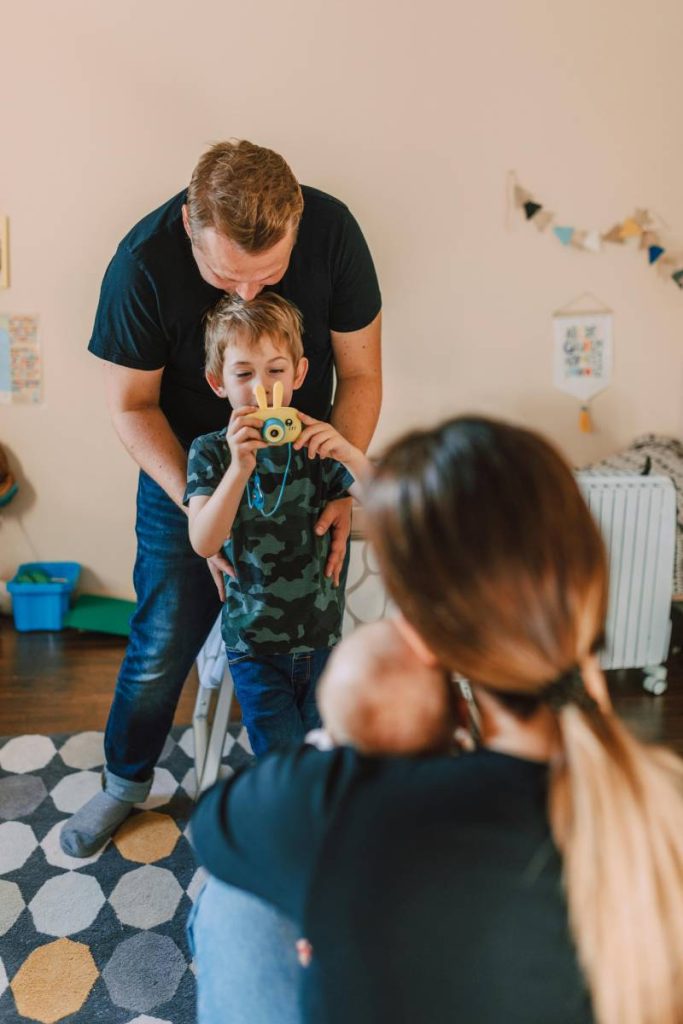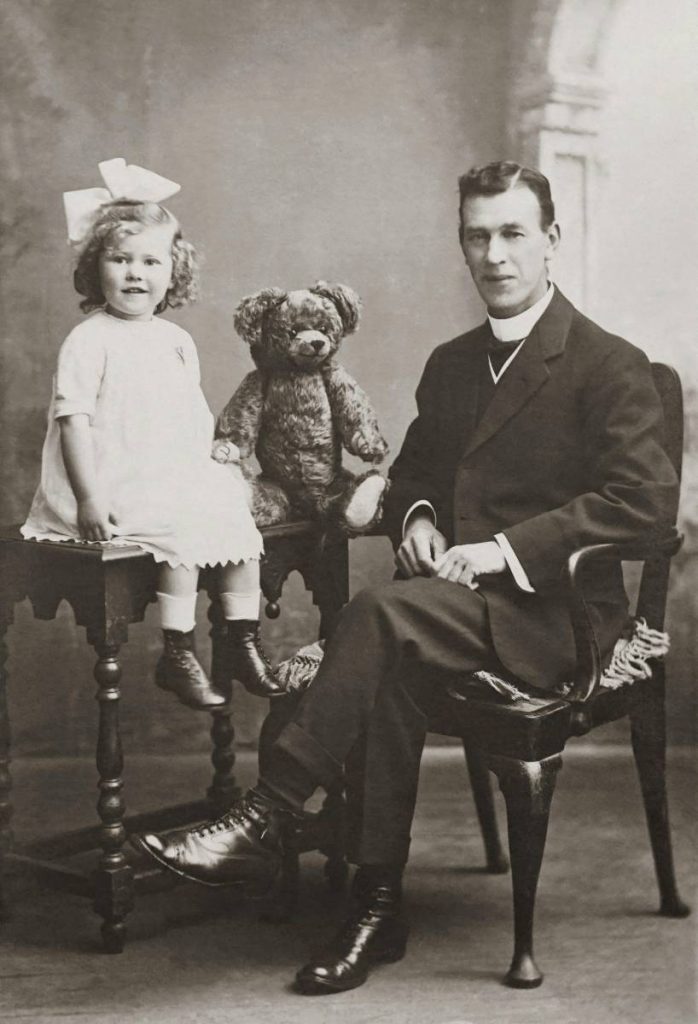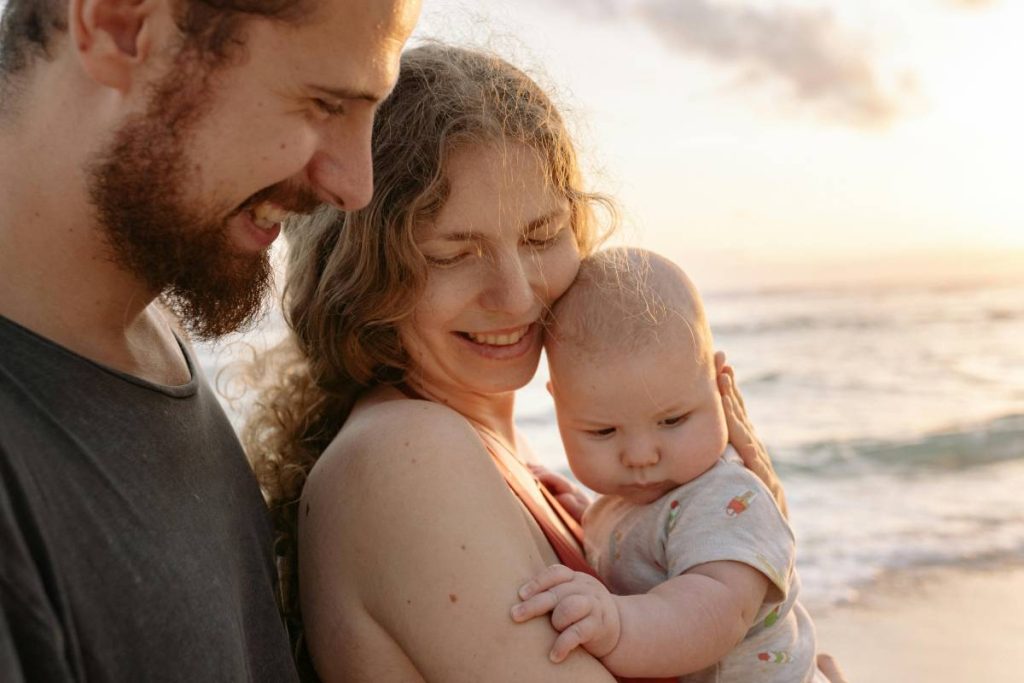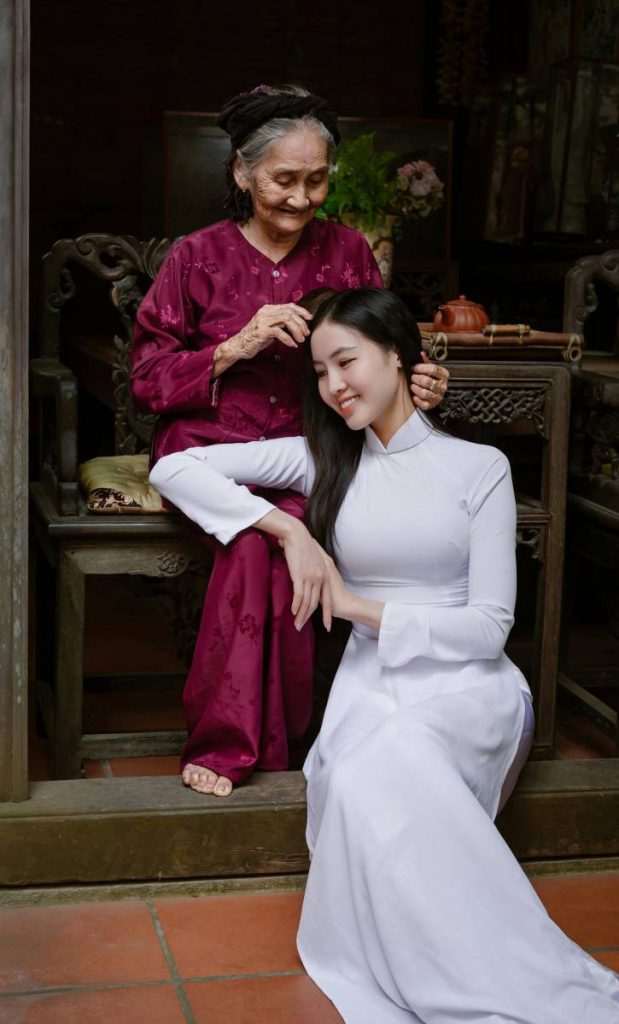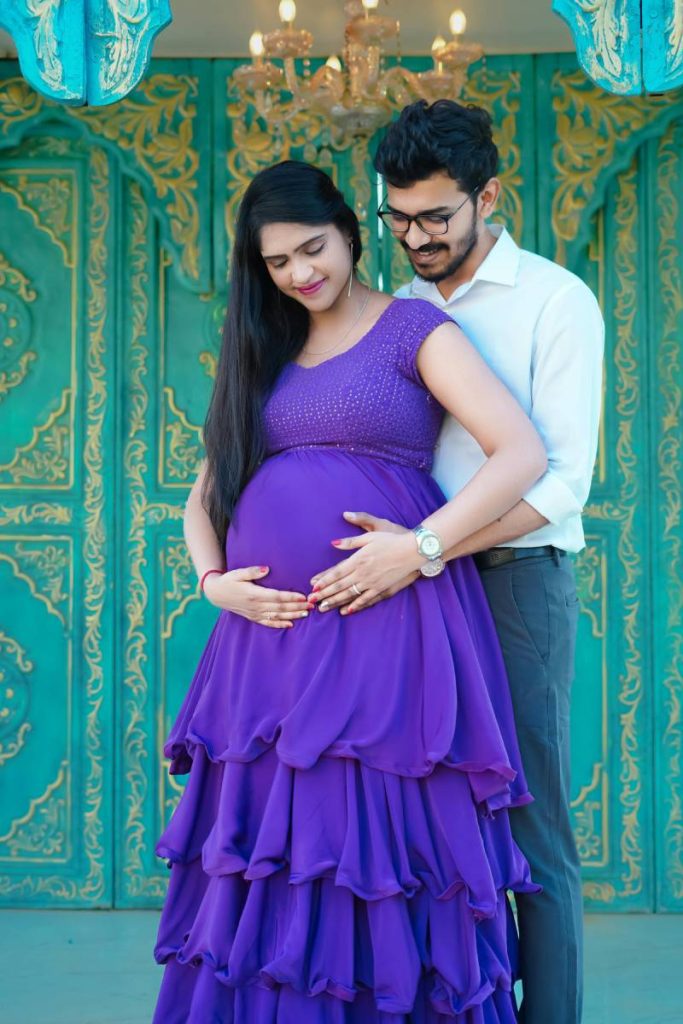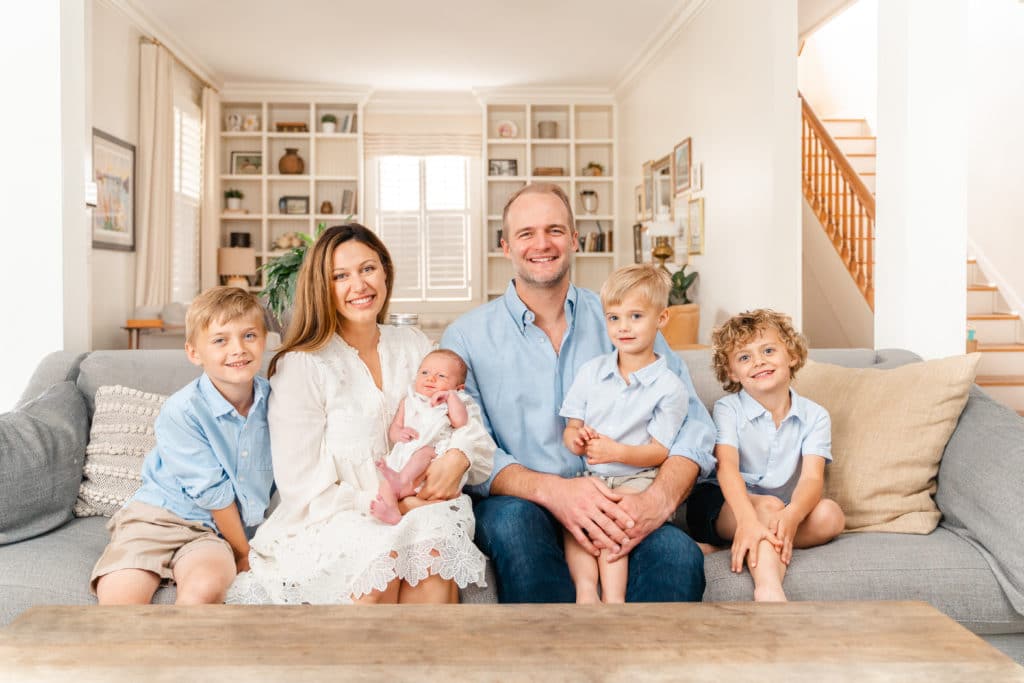Family Photography for Beginners: How to Capture Meaningful Moments with Loved Ones
What Is Family-Oriented Photography?
Family-oriented photography is a style of photography that focuses on capturing real-life moments, emotions, and connections between family members. It includes everything from posed family portraits to candid shots of everyday life, celebrations, and milestones.
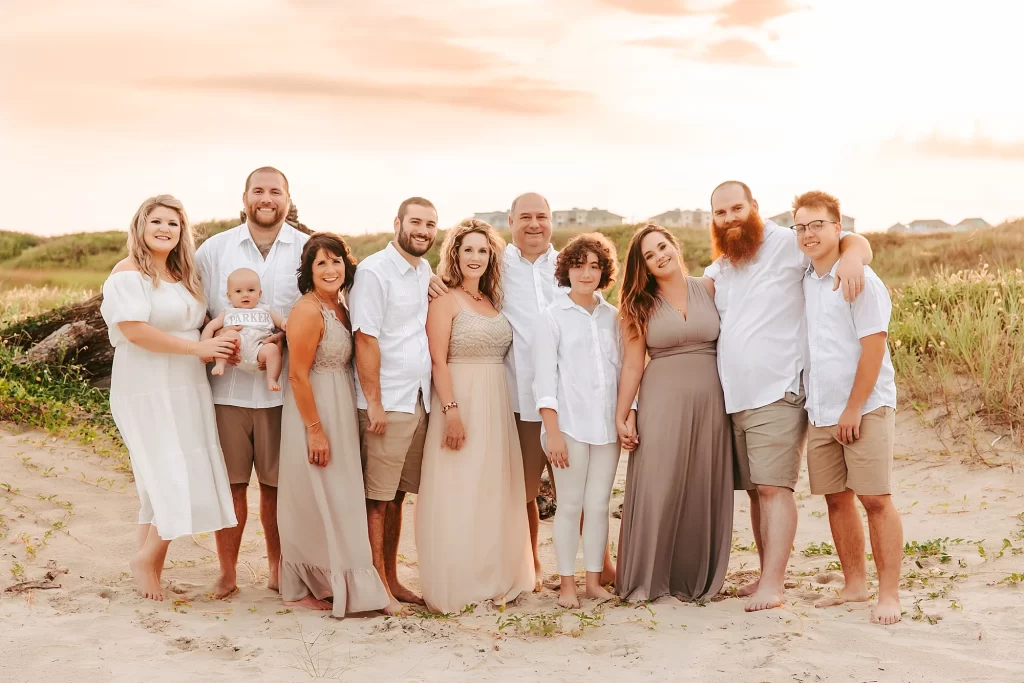
History of Family Photography
- In the 1800s, formal family portraits were taken in studios with stiff poses and dark clothes.
- By the 20th century, families began using personal cameras like Kodak to take informal photos at home.
- In recent decades, natural light, lifestyle, and outdoor family photography have become popular.
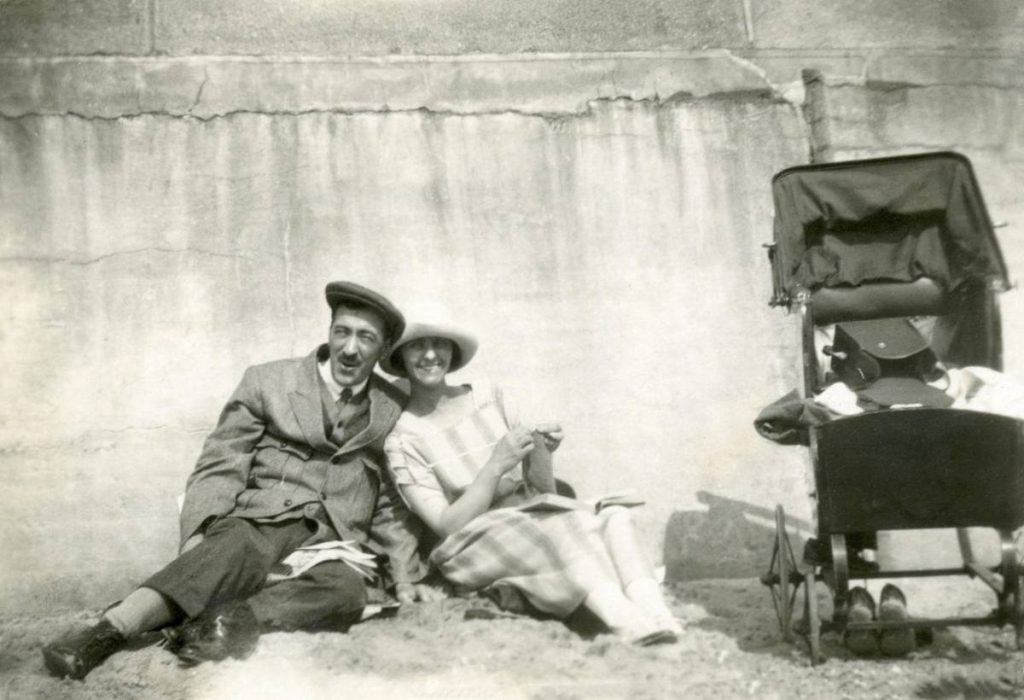
Features of Family Photography
- Natural expressions and moments
- Group compositions (parents, children, grandparents)
- Warm, emotional storytelling
- Indoor or outdoor settings
- Focus on relationships and love
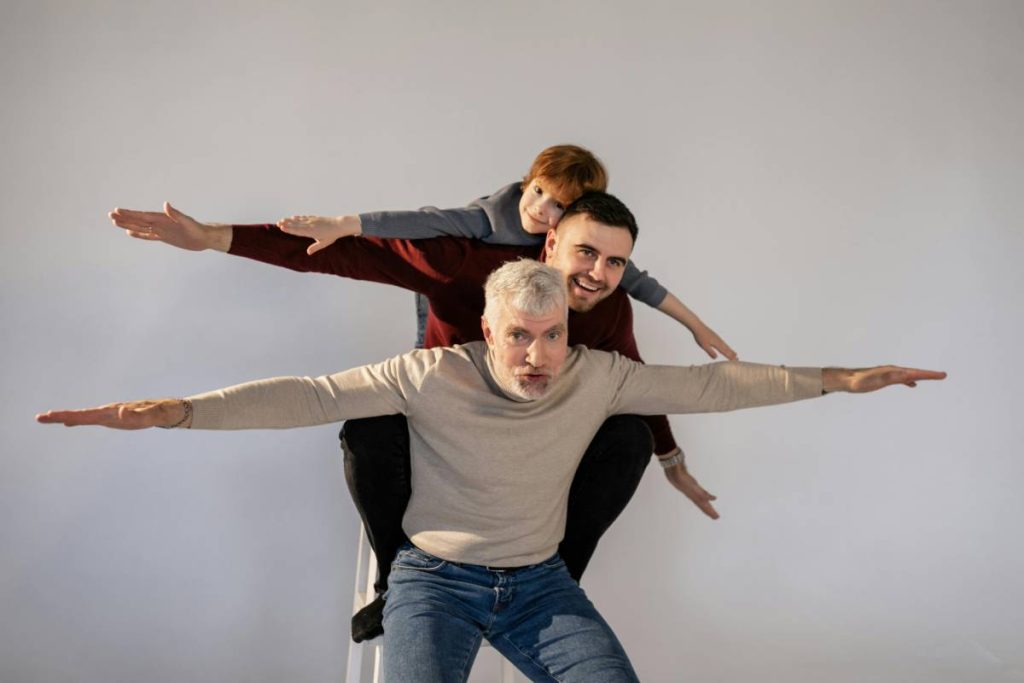
Functionalities and Uses
- Portrait sessions (studio or outdoor)
- Candid lifestyle shoots at home
- Maternity, newborn, and birthday sessions
- Holiday cards and yearly photo albums
- Social media sharing and memory keeping
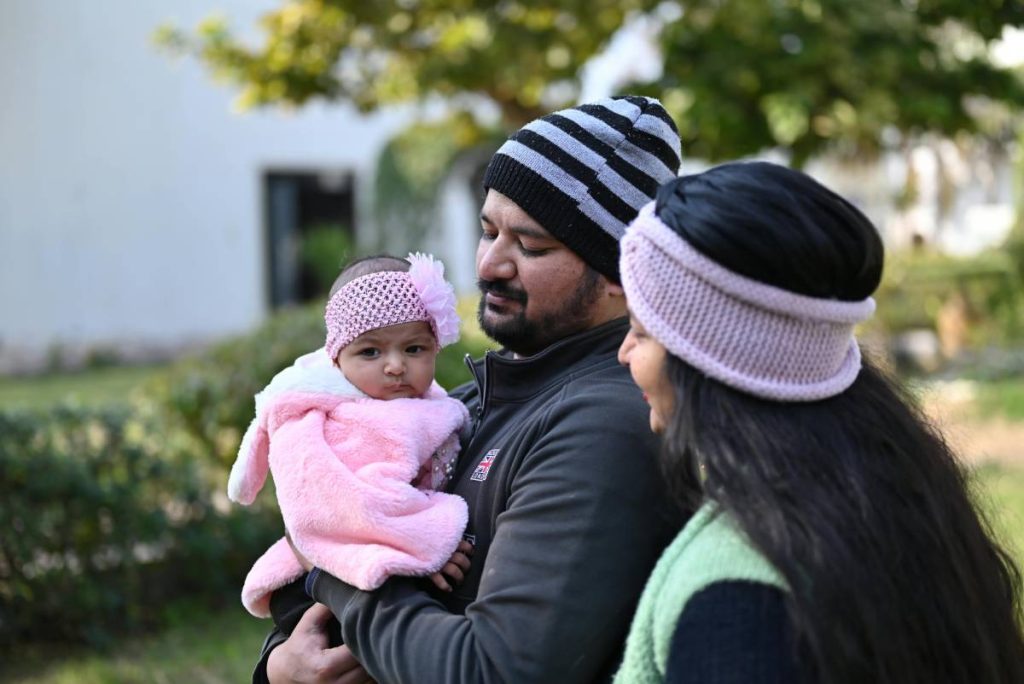
Advantages of Family-Oriented Photography
- Preserves memories for generations
- Highlights family connection and growth
- Offers a personal, emotional story
- Can be fun and relaxed, especially for children
- Great for professional photographers to build long-term clients
Disadvantages of Family-Oriented Photography
- Can be challenging to pose kids or large families
- Weather can affect outdoor sessions
- Requires good communication and patience
- Sometimes difficult to get everyone to look good in one frame
- Can feel repetitive if not creatively planned
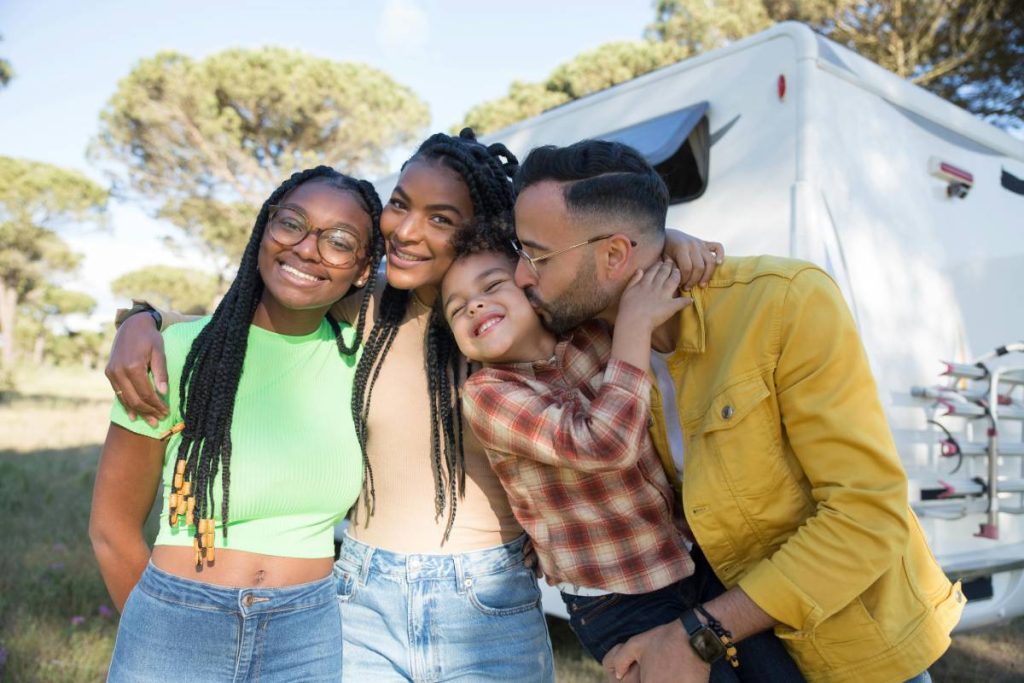
Step-by-Step Guide:
1. Choose Your Gear
Basic Kit:
- DSLR or Mirrorless Camera (e.g. Canon EOS R, Sony A6400)
- 50mm or 85mm prime lens for portraits
- Zoom lens (24–70mm) for group flexibility
- Reflector for natural lighting
- Tripod (for group shots or timer photos)
Optional:
- Flash or off-camera lighting for indoor shoots
- Backdrops and props for themed sessions
2. Plan the Location
Popular settings:
- Home (bedroom, kitchen, living room)
- Park, beach, or forest
- Urban streets with colorful walls
- Seasonal setups (fall leaves, spring flowers, snow)
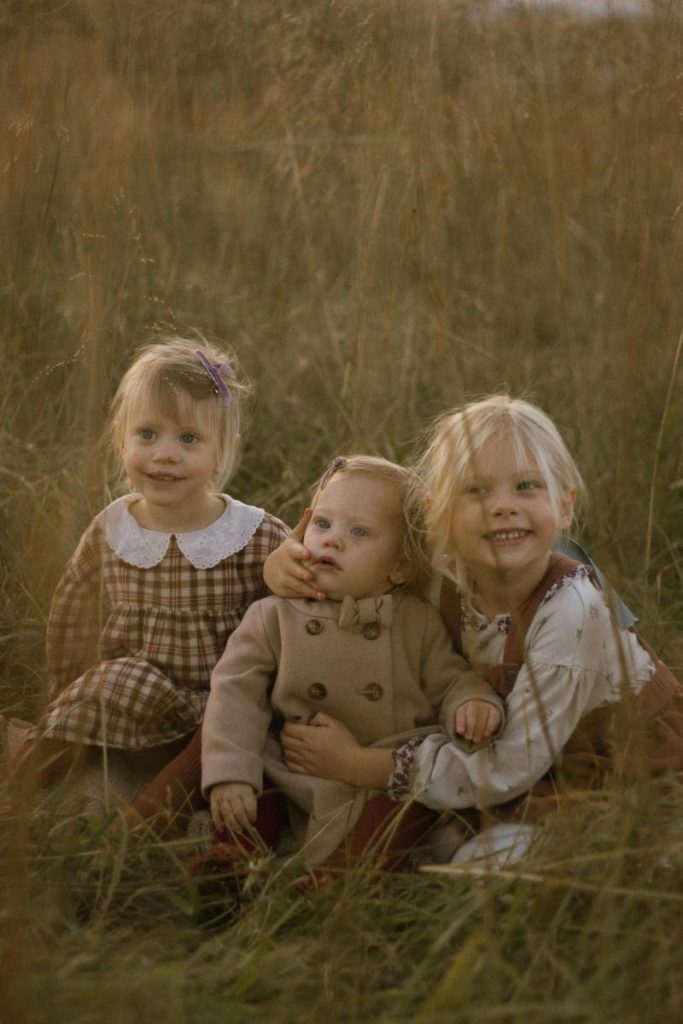
Tip: Choose a place where the family feels comfortable and relaxed.
3. Use Props for Interaction and Style
Ideas:
- Blankets for picnics
- Wooden toys or storybooks
- Balloons, bubbles, or flowers
- Baskets for babies
- Matching outfits or color themes
Props should be simple and meaningful, not distract from the people.
4. Compose the Shot
Composition Tips:
- Use natural light (golden hour is best outdoors)
- Frame with trees, windows, or doorways
- Shoot at eye level with kids or kneel down
- Use the Rule of Thirds to place subjects slightly off-center
- Encourage movement—walking, laughing, cuddling, playing

5. Direct Without Stressing
- Give simple cues: “Look at each other,” “Tickle your sister,” “Walk holding hands”
- Capture candid moments in between poses
- Let kids be playful and spontaneous
- Show genuine emotion—don’t force smiles

How to Become an Expert in Family Photography
- Practice with friends and family first
- Learn natural lighting and posing through YouTube or online courses
- Study family photographers like Elena Shumilova, Meg Bitton, or Katelyn James
- Join photography groups and attend family photo workshops
- Build a portfolio and website with storytelling images
- Offer mini sessions to attract new clients and practice
The Future of Family Photography
- Lifestyle storytelling (documentary-style) is growing
- Mobile photography and AI tools are becoming more accessible
- Clients want natural, unfiltered memories
- Virtual family shoots and remote sessions via apps
- Eco-conscious and minimalist trends in styling and props
Family photography will always remain important as people continue to seek ways to remember real-life love and laughter.

